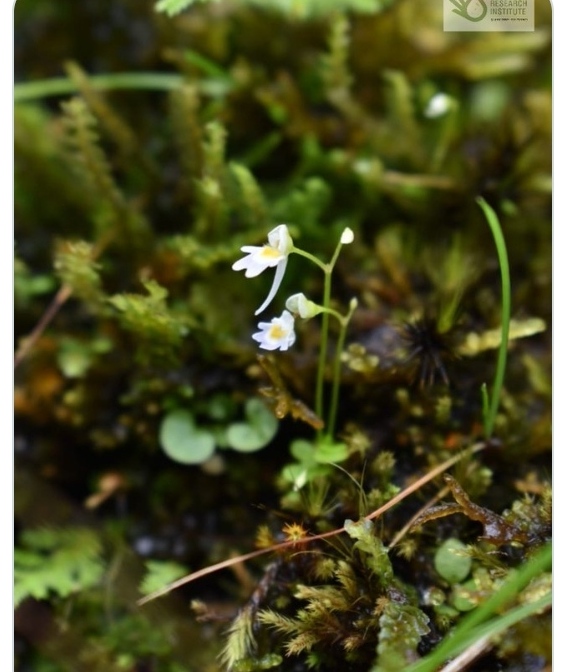Report by Aryaa Sinha
The Forest Department of Uttarakhand and Botanical Survey of India have discovered a rare carnivorous plant species: Utricularia Furcellata in the region of Western Himalayas.
It was found in Uttarakhand’s Mandal valley located in Chamoli district, at a height of 4,800 feet.
The plant was last noticed in north-eastern Meghalaya in 1986, 37 years ago.
However, the species is still on the verge of extinction due to heavy biotic pressure for being a tourist spot.
About Utricularia Furcellata
Utricularia furcellata is a small annual carnivorous plant that belongs to the genus Utricularia. It is native to northeast India and Thailand. It was originally described by Daniel Oliver in 1859.
It’s a small plant that blooms between June and September. Rains play a vital role in its sustenance.
The plant belongs to a genus commonly known as bladderworts, which uses one of the most sophisticated and developed plant structures for traps.
Its food ranges from protozoa to insects, mosquito larvae, and even young tadpoles.
it works through on a mechanical process of creating a vacuum or negative pressure area to draw prey inside the trap door.
These plants are mostly found in freshwater and wet soil.
Carnivorous plants and their ecology
Carnivorous plants, sometimes called insectivorous plants, are defined as plants that attract, catch, digest, and absorb animal prey.
More than 450 different species of carnivorous plants are found in the world.
They are found on all continents except Antarctica.
The most common habitats of these plants are damp heaths, bogs, swamps, and muddy or sandy shores where water and sunshine are seasonally abundant but soil is thin or poor in nutrients.
Image credit : Uttarakhand Forest Research Institute

